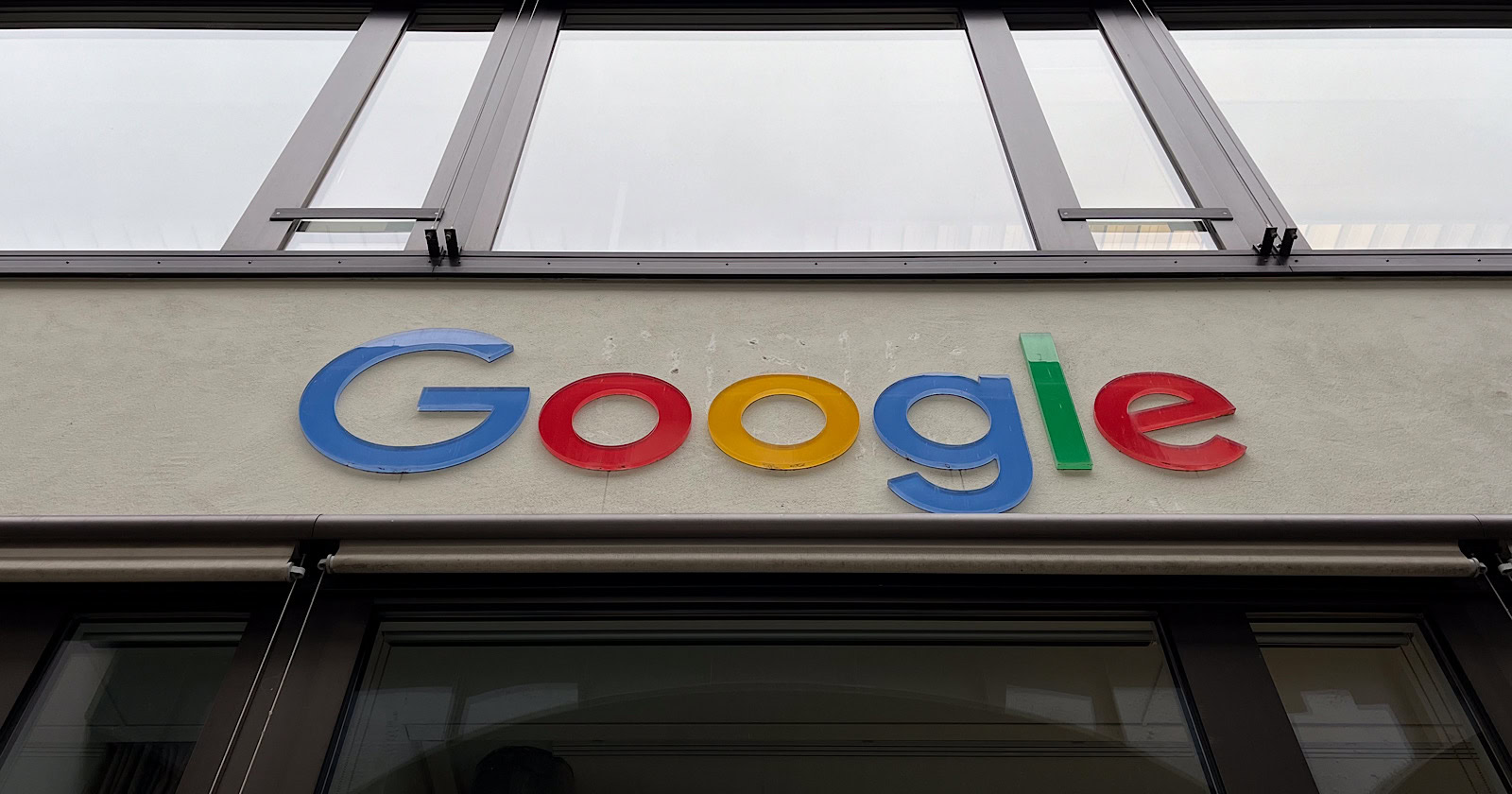Google’s Search Central team has released a new video in its “SEO Made Easy” series. In it, Search Advocate Martin Splitt addresses common concerns about duplicate content and provides practical solutions for website owners.
Key Takeaways
Despite concerns in the SEO community, Google insists that duplicate content doesn’t harm a site’s perceived quality.
Splitt states:
“Some people think it influences the perceived quality of a site but it doesn’t. It does cause some challenges for website owners though, because it’s harder to track performance of pages with duplicates.”
However, it can create several operational challenges that website owners should address:
- Difficulty in tracking page performance metrics
- Potential competition between similar content pieces
- Slower crawling speeds, especially at scale
Splitt adds:
“It might make similar content compete with each other and it can cause pages to take longer to get crawled if this happens at a larger scale. So it’s not great and is something you might want to clean up, but it isn’t something that you should lose sleep over.”
Three Solutions
1. Implement Canonical Tags
Splitt recommends using canonical tags in HTML or HTTP headers to indicate preferred URLs for duplicate content.
While Google treats these as suggestions rather than directives, they help guide the search engine’s indexing decisions.
Splitt clarifies:
“This tag is often used incorrectly by website owners so Google search can’t rely on it and treats it as a hint but might choose a different URL anyway.”
2. Manage Internal Links and Redirects
When Google chooses different canonical URLs than specified, website owners should:
- Review and update internal links to point to preferred canonical URLs
- Consider implementing 301 redirects for external links
- Ensure redirects are appropriately configured to maintain site performance
3. Consolidate Similar Content
The most strategic approach involves combining similar pages to:
- Improve user experience
- Streamline Search Console reporting
- Reduce site clutter
Splitt explains:
“If you find that you have multiple very similar pages, even if Google doesn’t consider them duplicates, try to combine them. It makes information easier to find for your users, will make reporting in Google Search Console easier to work with, and will reduce clutter on your site.”
Search Console Notices
Google Search Console may flag pages with various duplicate content notices:
- “Duplicate without user-selected canonical”
- “Alternate page with proper canonical tag”
- “Duplicate Google chose different canonical than user”
These notifications indicate that Google has indexed the content, possibly under different URLs than initially intended.
See also: Google Explains How It Chooses Canonical Webpages
International SEO Considerations
Splitt addresses duplicate content in international contexts, noting that similar content across multiple language versions is acceptable and handled appropriately by Google’s systems.
He states:
“If you find that you have multiple very similar pages, even if Google doesn’t consider them duplicates, try to combine them. It makes information easier to find for your users, will make reporting in Google Search Console easier to work with, and will reduce clutter on your site.”
Why This Matters
This guidance represents Google’s current stance on duplicate content and clarifies best practices for content organization and URL structure optimization.
See the full video below:
Featured Image: AnnaKu/Shutterstock

